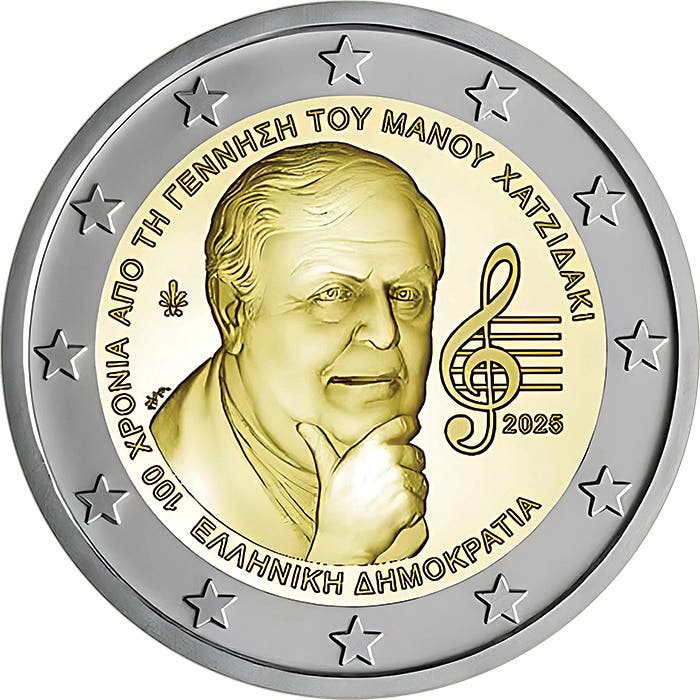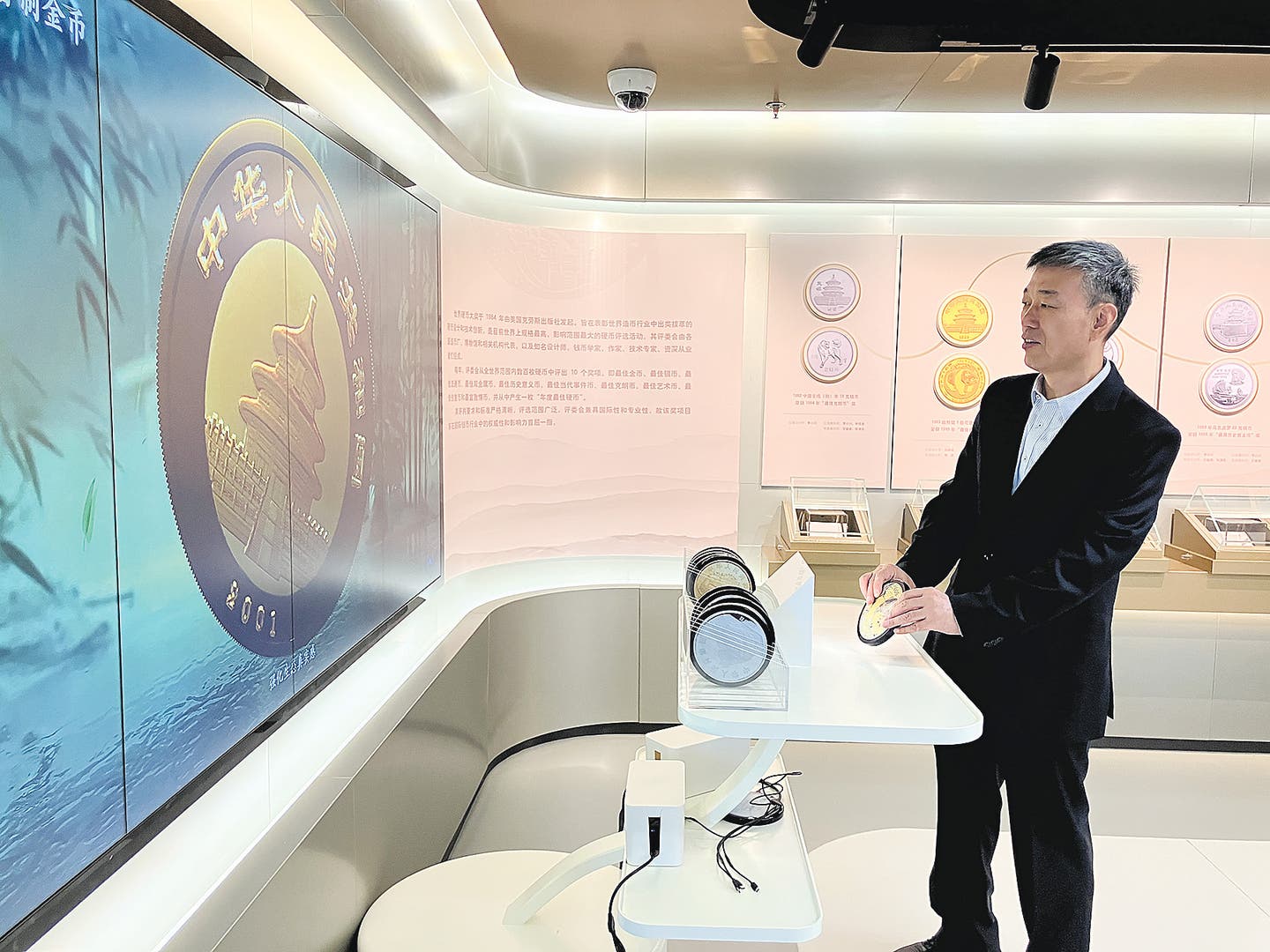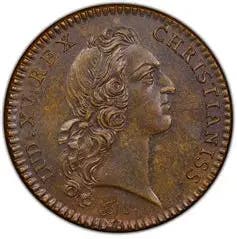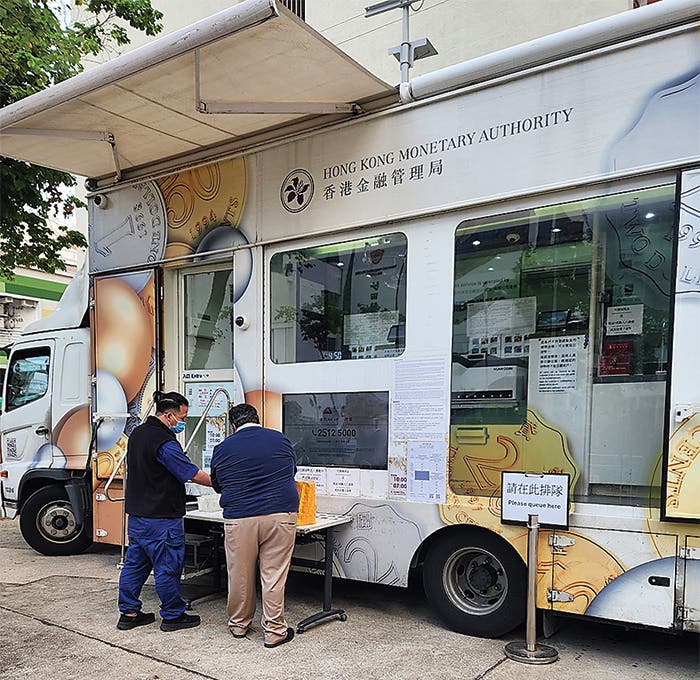Central Plug Problem with Hong Kong Coins
When the center drops out—literally. Ringed bimetal coins are fascinating, but separation issues may cause more than collector heartache.
Do you suffer from separation anxiety from your coins? Do you worry about pieces of your coins separating? If you collect ringed bimetal coins, separating the center plug from the outer ring might be a more serious problem than you imagine.
The separation of the inner plug from the outer ring has been a concern ever since this coinage was introduced. A poster on the social media app Threads.net recently posted an image of a Hong Kong $10 coin, explaining it was “dismantled” from its centerpiece. The nickel-brass center is shown as separated from the copper-nickel composition outer ring. The poster humorously noted that the center plug from the coin had been “transformed” into a Hong Kong 10-cent coin due to the separation.
Critics have suggested that the coin appearing on Threads.net could be counterfeit. Details regarding the manufacturing of the Hong Kong $10 coins weren’t immediately available. However, sources indicate genuine examples of these ringed bimetal coins have been known to separate “easily.” The frustration level is that between 1997 and 2000, Hong Kong law enforcement seized about 100,000 counterfeit $10 coins annually, jumping to about 460,000 in 2001. Numbers weren’t available beyond that date.
On Threads.net, Hong Kong barrister Albert Luk Wai-hung chimed in that separating the ringed bimetal coin into two pieces may violate the Coinage Ordinance Act and could lead to a maximum of 10 years in prison since intentionally separating the coin pieces is considered criminal damage. Even circulating coins with this problem might result in charges being filed against the person spending the coin.
Rusty, dyed, wet, or moldy $10 Hong Kong coins can be exchanged through the Hong Kong Monetary Authority. Although the coin is no longer minted, the coin still circulates as legal tender alongside a $10 bank note issued since 2002. The coin was last issued in 1997 as a circulating commemorative to mark the handover of the city-state to the People’s Republic of China. Even coins from British rule on which Queen Elizabeth II appears on the obverse remain legal tender in Hong Kong. These coins are being slowly phased out but may still be encountered.
Ringed bimetal coins have been around since the time of Roman Emperor Hadrian (A.D. 117–138). Between 1684 and 1693, English farthings comprised of tin with a copper central plug were circulated. Halfpenny and penny model tokens were produced during the 1830s and 1840s by British medalist Joseph Moore; the model tokens were meant to be a proposal through which the large diameter halfpenny and penny coins could be replaced. Moore’s tokens were popular and circulated but not legal tender.
In 1813, Australia issued and circulated holey dollar and dump coins. The central dump coin was punched from the dollar planchet; this separation was on purpose due to a lack of available small change.
It was Italy that truly introduced the modern ringed bimetal coin that contained two different metals. The Australian coins produced from what began as a single coin were meant to be separated. The Italian coins were not. In 1982, Italy started to issue ringed bimetal 500-lire coins comprising a bronze central plug and a stainless steel or acmonital ring. Almost immediately, it was learned the two coin pieces could be easily separated, although no one accepted either of these two pieces as currency.
The problem was solved in 1988 by Monnaie de Paris Director Patrice Cahart with a ringed bimetal 10-franc coin (minted through 2000) with a steel center and an aluminum-bronze ring. The French coin was produced by placing a small but round, thick center plug inside the ring and tiny holes about the inner edge. When such a coin is minted, the greater pressure applied to the center plug results in metal expansion and flowing into the holes in the ring, effectively locking the two pieces together.
Italy may have struck the first modern ringed bimetal coinage in 1982; however, in 1992, Monnaie de Paris struck ringed tri-metal 20-franc coins for France and Monaco. Today, a significant number of ringed bimetal coins are used to identify larger coin denominations worldwide.
You may also like:









